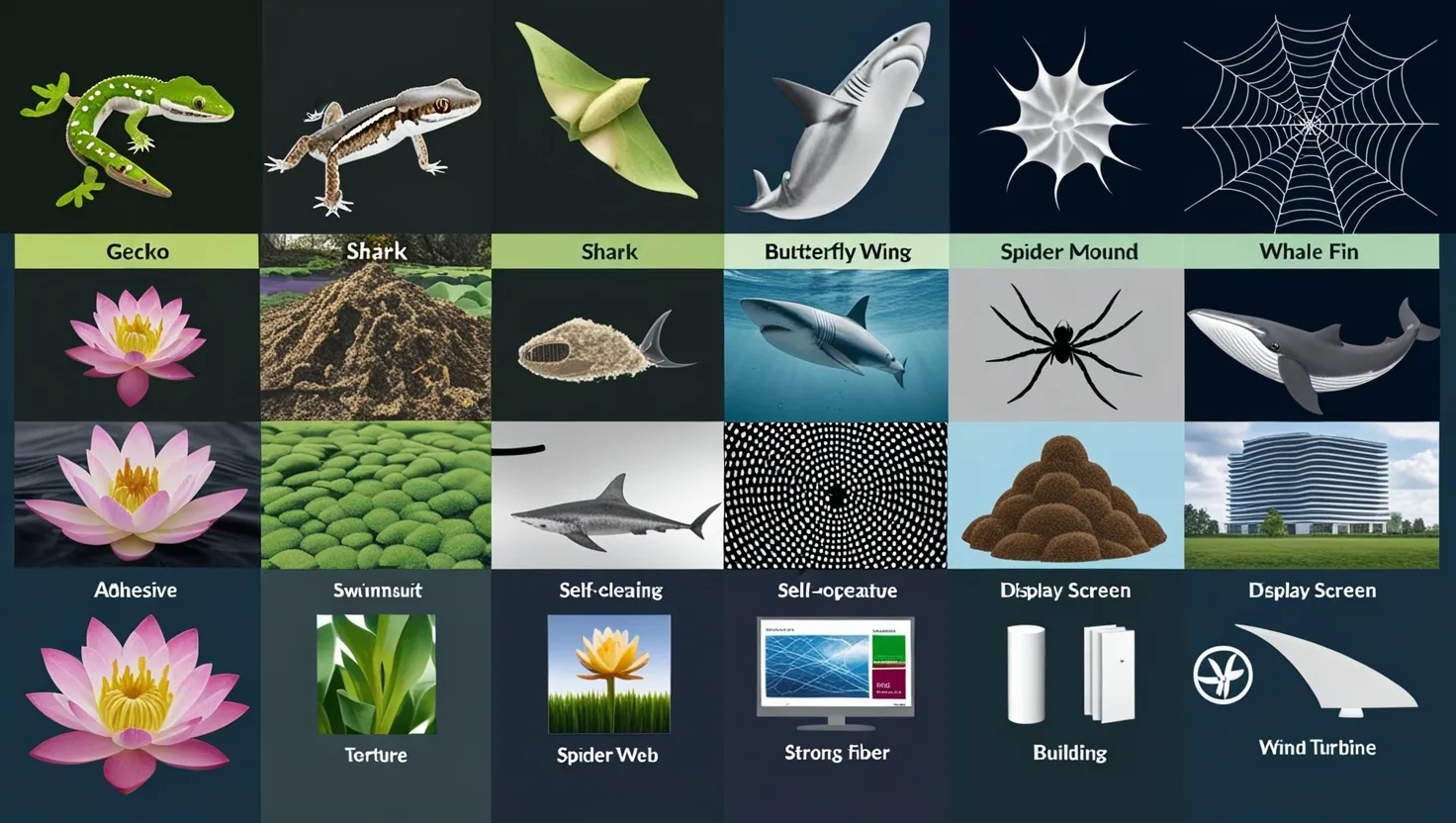The machinery of war is often represented by fierce weapons capable of incredible destruction. Still, these offensive tools would be ineffective without equally powerful defenses. Without robust defenses, any military effort would be reduced to easy surrenders. This balance of offense and defense is crucial and has evolved massively over time.
When planes first graced the skies during World War I, no one could have guessed how they would dictate warfare’s future. Within two decades, these flying curiosities turned into devastating weapons, changing the face of war. World War II saw the rise of aerial warfare, pushing nations to develop robust air defenses both on the ground and in the skies. German anti-aircraft artillery, especially the 88mm gun, stands out as a prime example. This formidable weapon could shoot down bombers flying at high altitudes, creating almost insurmountable barriers with its rapid and accurate fire.
But the evolution of war doesn’t stop there. Sea battles and missile threats demanded even more advanced defensive systems. During the Falklands War in 1982, anti-ship missiles posed a dire threat, highlighting the urgent need for effective missile defense systems. Enter the Phalanx CIWS, an autonomous close-in weapon system designed to detect and obliterate incoming missiles with astounding speed and precision.
Technology kept advancing, bringing science fiction-like fantasies to life. Lasers, once a mere dream envisioned by Einstein in 1913, finally found their way into military use, promising a new era of defense. These laser weapons target enemy objects with high-intensity light pulses, causing destructive heat and pressure effects. Unlike traditional munitions, lasers require no ammunition, making each shot remarkably cost-effective.
The continuous cat and mouse game of offense versus defense is evident in the skies too. The Battle of Britain during World War II showcased the power of aircraft like the Hawker Hurricane and the Supermarine Spitfire. These planes were integral to defending Britain from German assaults, proving that sometimes taking the fight to the enemy is the best defense.
As jet engines roared into existence post-World War II, dogfights became high-speed affairs between advanced aircraft like the Soviet MiG-15 and the American F-86 Saber. Both planes exhibited groundbreaking technologies, with the Saber’s sophisticated radar targeting system and hydraulic controls giving it an edge in aerial combat.
The lessons of airborne conflict translated to maritime warfare too. Early destroyers evolved from mere torpedo boat destroyers to the highly sophisticated Arleigh Burke class. These modern destroyers, brimming with advanced weapons and defensive systems, demonstrate the merging of offensive power and defensive resilience.
On land, the concept of massive fortifications saw mixed results. World War I’s Hindenburg Line and World War II’s Maginot and Atlantic walls were monumental defensive efforts but couldn’t keep up with the rapidly changing tactics of modern warfare. These static defenses eventually fell to the mobility and concentrated force of attackers.
The technology behind personal protection has also dramatically advanced from the simple steel helmets of World War I to today’s sophisticated body armor and bomb suits. Modern body armor can withstand significant firepower, and bomb suits combine various materials to protect against extreme blasts, showcasing the ongoing effort to safeguard the most vulnerable element on any battlefield: the soldier.
Every war tells a tale of offense met by defense, driving an endless cycle of innovation in military tactics and technology. It’s an ongoing struggle where advancements in offensive machinery continuously push the boundaries of defensive capabilities, ensuring that the evolution of war remains a dynamic and perpetual process.






